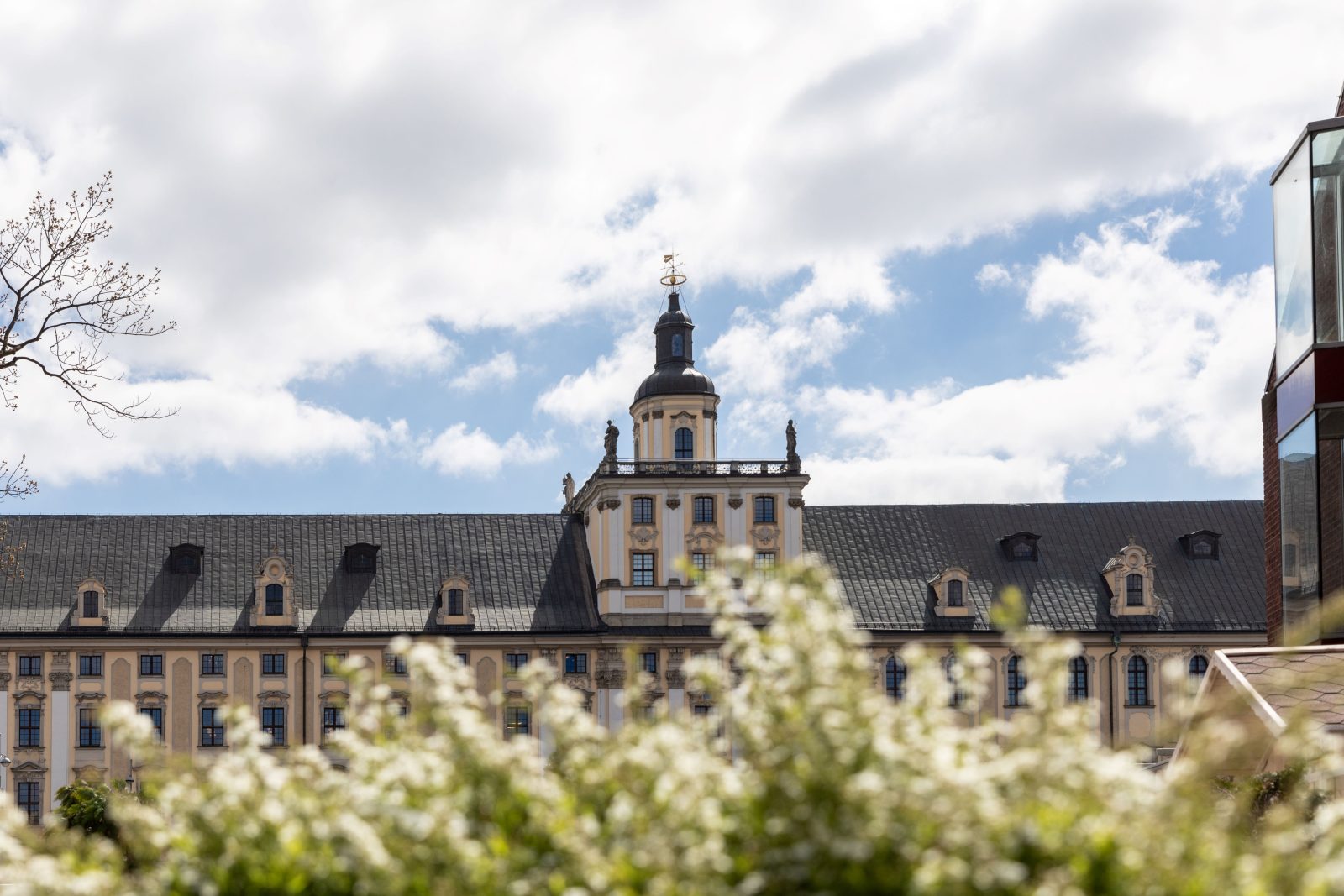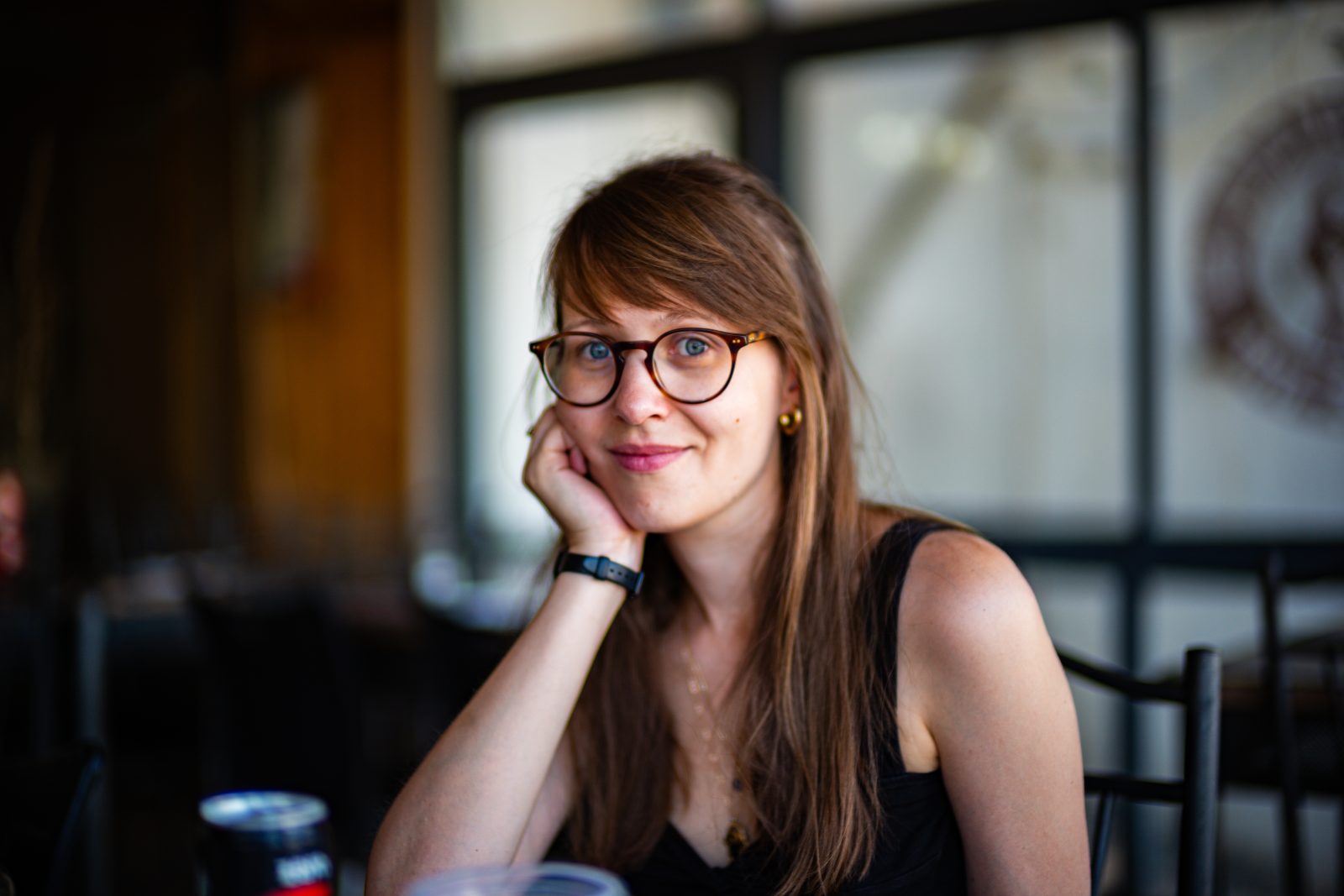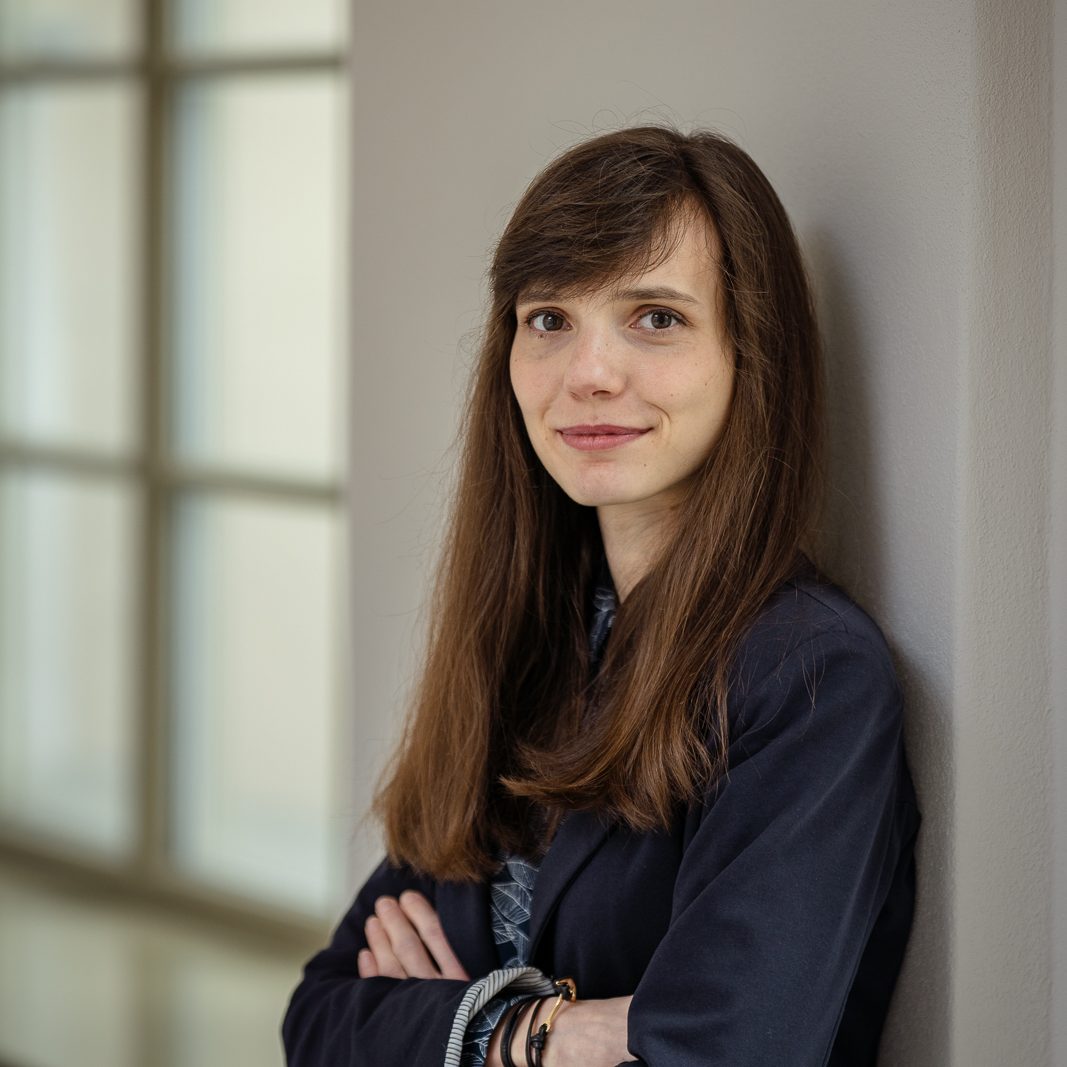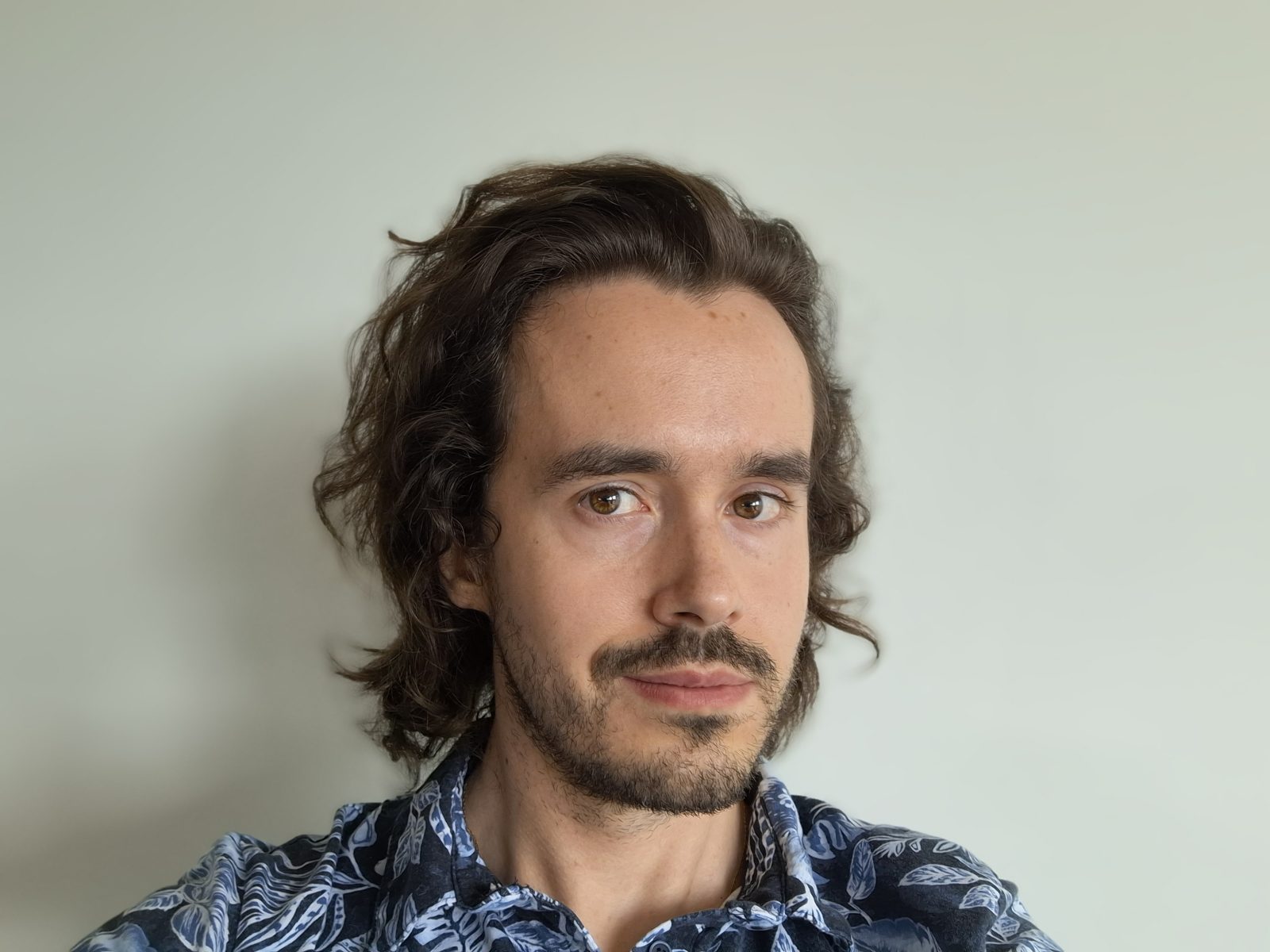
Our researchers awarded further SONATA grants
Over PLN 708 million has been awarded by the National Science Centre (NCN) for research projects in the OPUS 28 and SONATA 20 competitions, the results of which were announced on 27 May 2025. A total of 441 researchers will receive funding. Among them are scholars from our University.
SONATA grants have been awarded to four researchers from the University of Wrocław.
A SONATA grant (PLN 895,581) for the project titled Współczesny „Goj”. Nieżydowski inny w literaturze nowohebrajskiej (eng. Modern “Goy”. Non-Jewish Other in Modern Hebrew Literature) has been awarded to dr Jagoda Budzik from the Taube Chair of Jewish Studies (Faculty of Languages, Cultures and Literatures).
Her research focuses on the figure of the non-Jewish Other—the “goy”—in the Hebrew literary imagination of the 20th and 21st centuries. – The aim is to examine how this category, originally developed for the Jewish minority in European diasporas, functions in the context of contemporary Israel, where Jews form the majority – the researcher explains.

Dr Marta Kowal from the Institute of Psychology has received a grant (PLN 1,168,136) for her research on Wpływ miłości na dobrostan psychiczny (eng. .Impact of love on psychological well-being).
The idea for the study was inspired by a 2007 archaeological discovery of two skeletons buried in a romantic embrace, dating back to approximately 5,000–6,000 BCE. Although we will never know the true story of this Neolithic couple, the find fuels the imagination, evoking images of love enduring beyond the grave. Popular culture abounds with such iconic portrayals of love – from Homer’s Iliad with Paris and Helen, the medieval tale of Tristan and Isolde, Shakespeare’s Romeo and Juliet, Austen’s Elizabeth and Mr Darcy, to Jack and Rose from Titanic. Each tells of love – love that transcends death and suffering, love that can incite conflict or destroy lives, but also love that gives life, supports families, and provides meaning and purpose.

But love is not just a captivating story or literary construct. In two recent studies based on data from 93,158 participants across 93 countries, it was found that love is a universal human experience, commonly regarded as essential for long-term romantic relationships. Love is a key factor influencing relationship quality and satisfaction. Being in a successful relationship correlates with better mental wellbeing, lower risk of psychological issues, and higher happiness levels. Conversely, romantic relationship conflict often leads to breakups, divorces, and family instability. Given love’s apparent central role in these matters, it seems essential to deepen our understanding of love as a universal human experience. Surprisingly, however, relatively few researchers have directly focused on studying love itself. Most psychological research has concentrated on related topics such as partner selection, relationship satisfaction, or relationship stability.
While these phenomena are closely related to love, some researchers suggest that love may be the driving force behind them all. Therefore, dr Kowal’s project, comprising three studies, will focus directly on love and its relationship with psychological wellbeing.
In the first longitudinal study, the researchers will examine whether the intensity of experienced love and the perceived intensity of the partner’s love influence psychological wellbeing. The second study will involve a systematic literature review and meta-analysis of existing research on the connection between love and mental health. The third study will be a large-scale cross-cultural investigation involving at least 31 countries. It will assess the universality of the relationship between love and wellbeing across different populations, while also analysing the sociocultural factors that may shape this relationship.
The project aims to broaden the scientific perspective on relationships by shifting focus from constructs related to romantic partnership – such as relationship satisfaction or quality – to love as a driving force behind mental wellbeing and relationship stability. By analysing the conditions, trajectories, and consequences of love from a cross-cultural perspective, the researcher aims to expand current psychological knowledge and provide a comprehensive understanding of how love operates in different social and cultural contexts.
Dr David Osten, assistant professor at the Department of Gravity Theory and Fundamental Interactions at the UWr Institute of Theoretical Physics will carry out a SONATA research project entitled Nowe perspektywy na modele sigma – całkowalność, geometria uogólniona i granice nielorentzowskie (eng. New perspectives on Sigma Models – Integrability, Generalised Geometry and Decoupling Limits), which has received funding of PLN 1,342,000.
Quantum Field Theory (QFT) is often considered the foundational language of physics. It unifies two previously separate domains: our understanding of space and time from special relativity, and the description of physical processes in quantum mechanics. QFT is an exceptionally powerful framework, underpinning both our interpretation of particle collider experiments and the development of advanced materials. Despite its success, QFT continues to face significant unresolved challenges. For instance, it is well understood only in the so-called perturbative regime—a simplified scenario where particle interactions are weak. Beyond this regime, our understanding remains incomplete. Another major issue is that QFT in its current form appears incompatible with General Relativity, our most successful theory of gravity.
The project focuses on an important class of quantum field theories known as non-linear sigma models. These models play a crucial role in particle physics, general relativity, string theory, and condensed matter physics. They are formulated using advanced mathematical concepts—specifically geometrical methods—which allow the same model to appear across diverse physical contexts. However, sigma models are notoriously difficult to solve. The main challenge lies in their non-linearity, which prevents the separation of the theory into independent “free” (kinetic) and interacting terms. As a result, standard techniques such as perturbation theory often fail. Consequently, sigma models are typically well understood only in special cases, such as two-dimensional spacetime or when they exhibit high degrees of symmetry.
Dr Osten’s project aims to overcome these limitations by exploring sigma models beyond these restrictive assumptions. Using a combination of established tools (such as integrability) and newer approaches (like generalised geometry and non-relativistic limits), the project seeks to investigate sigma models in higher dimensions and those lacking special symmetries. The work is expected to provide new insights into elusive non-perturbative regimes of quantum field theory, dominated by strong interactions. In some cases, two-dimensional sigma models may be integrable, meaning they can be solved exactly. The project will develop new methods for studying integrable models, dispensing with standard assumptions such as the necessity for high symmetry.
A SONATA grant of PLN 921,988 for the project Od materiałów otwartopowłokowych do rozpoznawania molekularnego: synteza wielopierścieniowych związków aromatycznych przez cyklotrimeryzację arynów i hetarynów (eng. From open-shell materials to molecular recognition: synthesis of polycyclic aromatic compounds through cyclotrimerization of arynes and hetarynes) has been awarded to dr Arsenii Borissov.
– We plan to conduct research into the synthesis of new polycyclic aromatic compounds with properties such as curved geometry or paramagnetism. The synthesis of the target compounds will be driven by advances in synthetic methodology. We aim to better understand the key chemical reaction responsible for constructing the structural core of the target materials – explains dr Borissov.

By selecting appropriate catalysts and reaction conditions, the researchers plan to carry out the process with control over the formation of isomeric products, selectively obtaining those suitable for further synthesis. They also intend to broaden the method’s scope by using previously untested substrate types. Some of the target molecules will exhibit open-shell character—containing unpaired electrons, which gives rise to various unusual properties. Depending on how these electrons interact, such molecules could function as molecular magnets, making them attractive for applications in spintronics. These materials also tend to absorb light in the near-infrared range and reversibly gain or lose electrons, forming a range of ionic species.
This opens the door to further applications in organic electronics and as functional dyes. Another target group are negatively curved polyaromatic structures. A unique property of such molecules is their reduced tendency to interact with each other and form aggregates. This trait results in relatively easy solubility, particularly in water when hydrophilic groups are introduced into the structure.
It is hypothesised that curved, non-aggregating polyaromatic surfaces dispersed in water may be useful for binding certain biologically relevant compounds, such as nucleosides, thyroid hormones, steroid hormones, neurotransmitters, or DNA-intercalating drugs. – We plan to synthesise water-soluble, negatively curved polyaromatic compounds and conduct molecular recognition experiments to assess their potential as molecular sensors – adds the researcher.
Date of publication: 05.06.2025
Added by: E.K.



